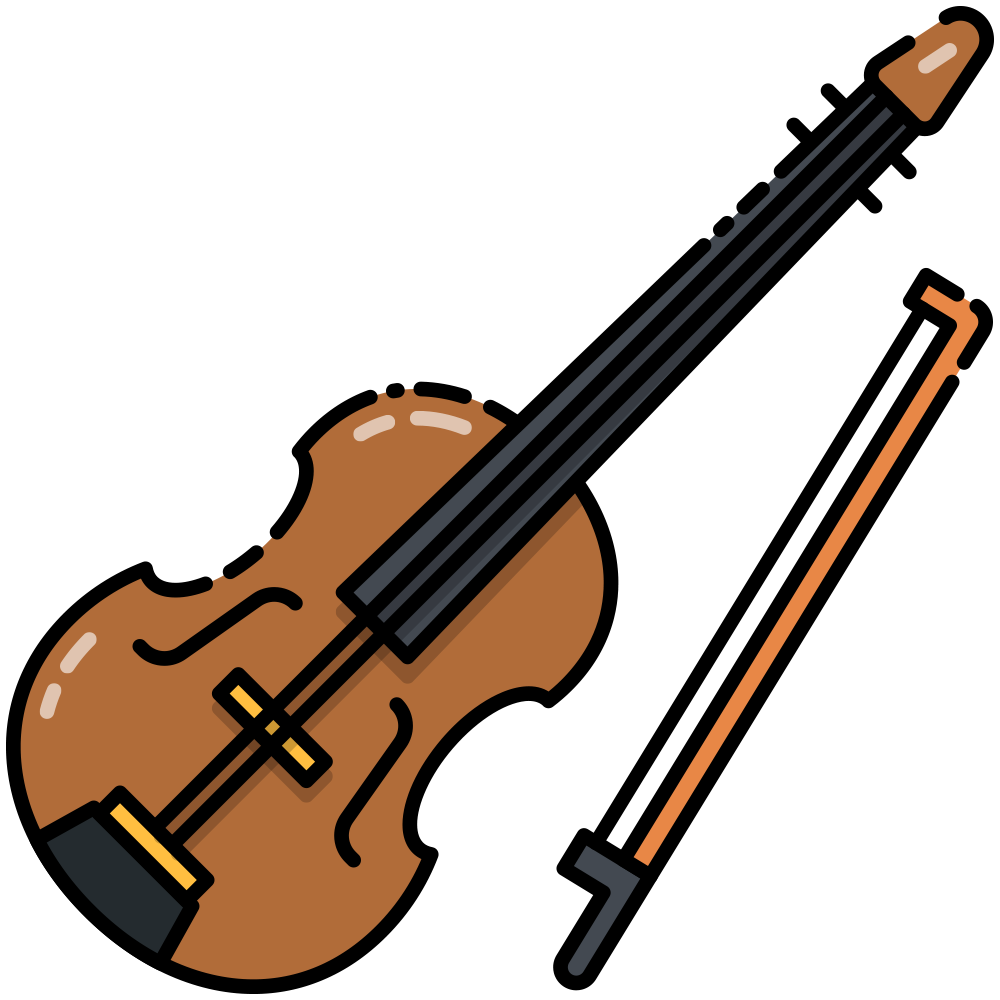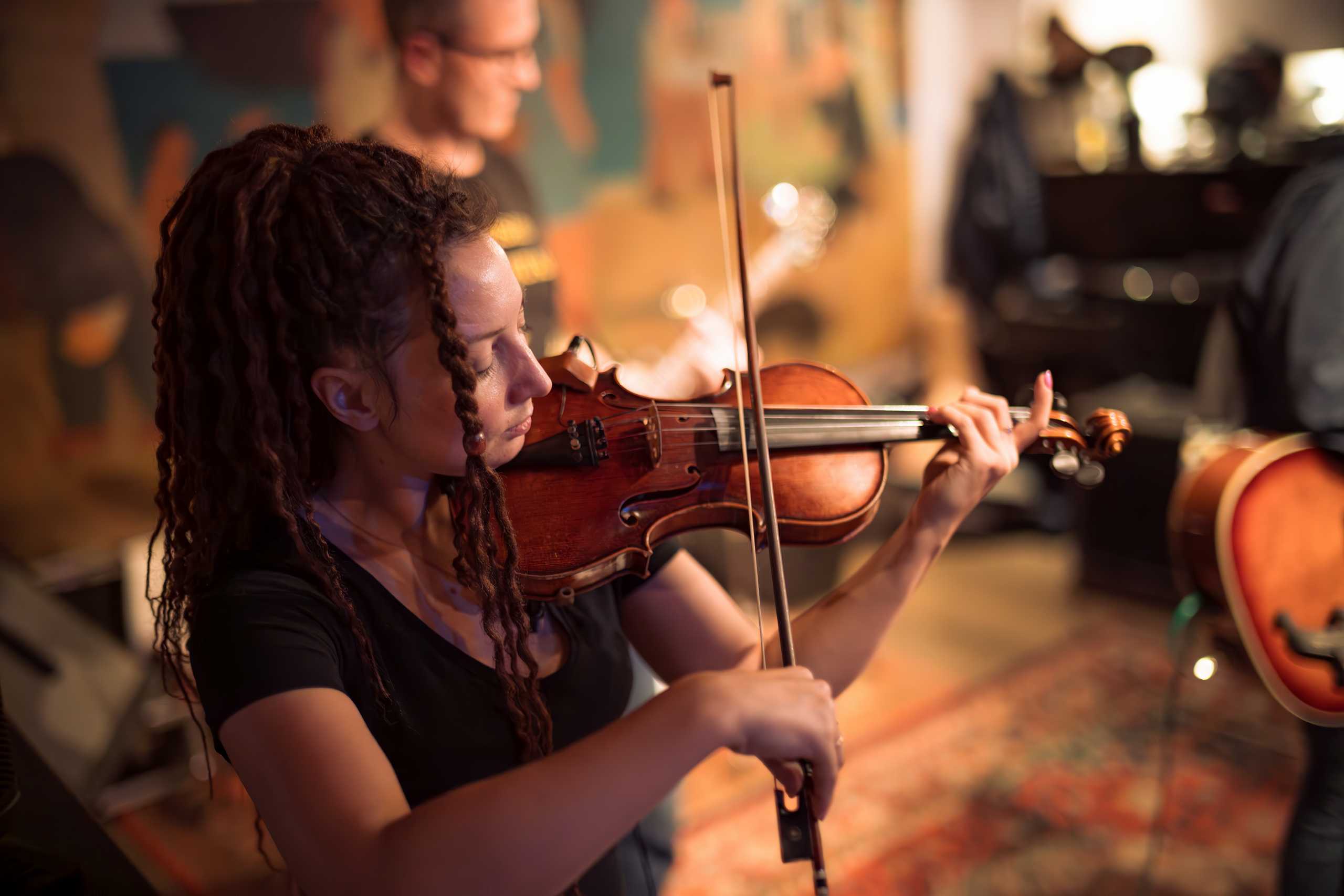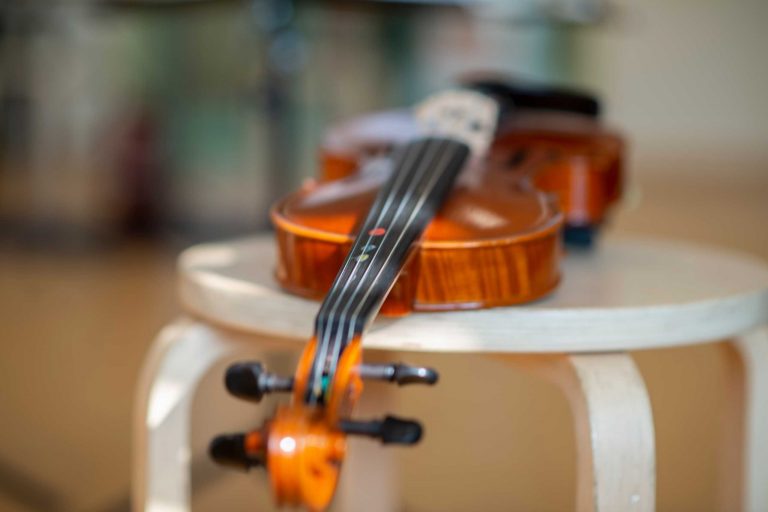The Importance of Posture in Violin Playing: Techniques for Comfort and Control
Good posture is fundamental to successful violin playing. It not only affects your comfort during practice and performance but also influences your tone quality and technique. In this article, we’ll explore why posture matters and how to develop habits that support your musical journey.
Why Posture Matters
Proper posture allows for freedom of movement and reduces tension. It helps prevent injuries such as muscle strain and repetitive stress, which can sideline even the most dedicated players.
Good posture supports breathing, bow control, and finger agility, all crucial for expressive playing.
Basic Posture Principles
- Stand or sit straight, keeping your back aligned and shoulders relaxed.
- Hold the violin gently between your chin and shoulder without squeezing.
- Maintain a balanced weight distribution on both feet when standing.
- Keep your left wrist flexible and your bowing arm relaxed yet controlled.
Common Posture Mistakes and How to Fix Them
Many beginners tend to hunch their shoulders or grip the violin too tightly. These habits create unnecessary tension and hinder progress.
Regularly check your posture in front of a mirror or record yourself to become aware of habits that need correction.
Exercises to Improve Posture
Incorporate simple stretches and relaxation techniques into your routine. Yoga, Pilates, or basic stretching can enhance flexibility and body awareness.
Practice holding your violin with mindfulness, focusing on comfort rather than force.
Working with a Teacher
A skilled instructor can provide personalized feedback and adjustments to ensure your posture supports healthy, effective playing.
By prioritizing posture, you lay a solid foundation for years of enjoyable and injury-free violin playing.




